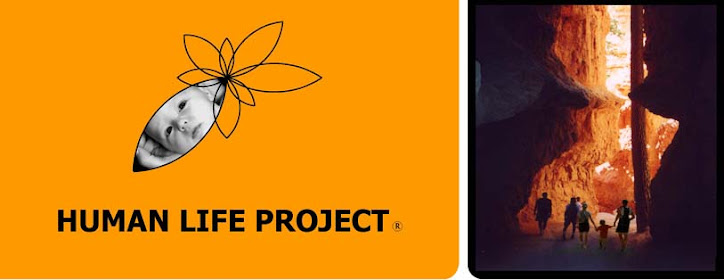
To help describe some of the Human Life Project® concepts, excerpts from the book proposal will be included in this and subsequent postings.
Literary Agents and Publishers: The Human Life Project® is in the process of sending the book proposal to potential publishers. If this material interests you, let us know.
Human Life Project®: Sustainable Patterns in Our Families and Communities
Communities around the world are actively striving to be sustainable by embracing earth-friendly living practices; however, environmental stewardship alone will not save our communities. The world’s top ranked sustainable and green cities are experiencing an alarming decline in essential segments of the population that uphold the entire community. The Human Life Project® provides a more complete picture of sustainability by linking the natural and urban environment with social relationships. By returning to the roots of human sustainability, communities are designed with the foresight to support each resident from the youngest to the oldest.
Many organizations offer valuable resources encouraging the establishment of green cities or strong families, yet few combine both successfully. Jennifer Ranville’s book, Human Life Project: Sustainable Patterns in Our Families and Communities fills this critical gap by adding the social dimension to the sustainability discussion. Jennifer Ranville is an architect in the green building industry and graduate of the University of Michigan with a Master’s degree in Architecture, emphasis in environmental design. The Human Life Project® is the result of four years compiling research on the central role of the family in sustaining our communities.
Current books on the market advocate sustainable communities only through conservation of nature, green building, and urban planning strategies. Therefore, the role of the family is limited to reducing household consumption habits by merely embracing green living practices. Connecting the two spheres both challenges and reaffirms commonly held views by the green living audience.
The Human Life Project® begins with the watershed to illustrate the interconnectivity between all forms of life. The knowledge of the natural pattern of land and water working together is then applied to our communities. Jennifer Ranville’s book shows the potential for cities to welcome more people and simultaneously improve the natural surroundings. When considering essential elements to sustain our communities, nature and the family form an interlocking support structure.
The family is a pivotal component today in determining which nations and cities will endure over time. A healthy balance of children to senior adults and a strong family support network are crucial to our human sustainability. Ultimately, the quality of relationships informs the social pattern language for our families and communities. Cities with strong social patterns are positioned well to direct resources that enhance the living experience for all residents.



